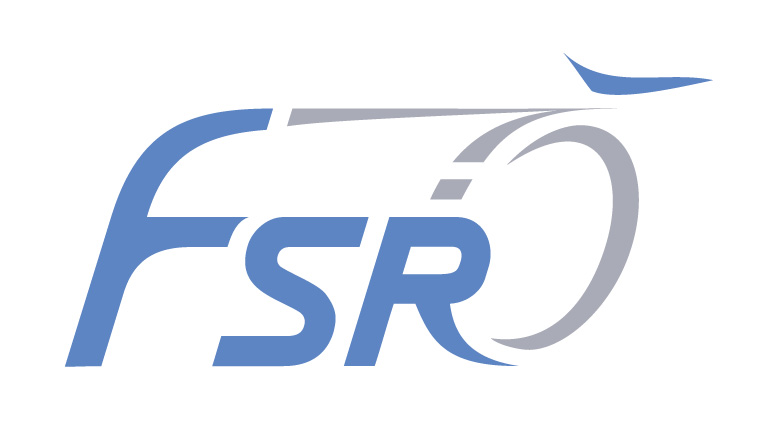Research activities in the field of unmanned aerial systems have a long history at the Institute of Flight Systems and Automatic Control (FSR). As at the beginning of the 2000s multicopters and especially autonomous systems began to draw larger attention, the FSR worked within the DFG Research Training Group „Cooperative, Adaptive and Responsive Monitoring in Mixed Mode Environments (GKmM)“ on the realization of autonomous ground-based (Unmanned Ground Vehicle – UGV) and flying units (Unmanned Aerial Vehicles – UAV), which should be used for surveilance as well as search and rescue missions. Here the institute was able to demonstrate the performance of its developments in the context of competitions like theRoboCup or IMAV.
Within different research projects, the FSR is currently working on technical systems and methods to increase the operational safety of unmanned aerial systems. This includes the development of innovative UAV configurations. For example the energetic advantage of a fixed-wing aircraft combined with a multicopter's ability to vertically take off and land offers a wide range of applications for UAVs. Moreover, by utilizing redundant control variables, the safety of such a UAV can be significantly increased.
The institute is developing fault-tolerant flight controllers, which should allow for easy control of such hybrid configurations. Future flight controllers will also be capable of reacting to system failures and adapting to the system's new condition in an optimal way. The economical use of UAVs is often only possible if they are able to execute a planned mission autonomously, that is, without a pilot. To ensure safety also in the presence of disturbances like technical defects, the flight system has to be able to diagnose it's technical condition, estimate the environment's influence and make decisions automatically. A further area of research is the integration of unmanned aerial systems in the airspace. Within this research field, the FSR especially works on the development of future procedures and technical requirements with the goal to ensure a safe operation within this highly complex environment.
Our current projects in the field of unmanned aircraft systems include
SAMMIE (2021-2024)
In the research project “SAMMIE”, a human-machine interface for traffic situation display and collision avoidance for a drone pilot is being researched. More…
DACUS (2020-2022)
The DACUS project (Demand And Capacity Optimisation in U-Space) aims at the development of a service-oriented Demand and Capacity Balancing (DCB) process for drone traffic management in urban environments. More …
ACoRUs (2018-2022)
In ACoRUs (Active Fault-Tolerant Control for Redundant Unmanned Aerial Vehicles) novel schemes of Fault-tolerant Control (FTC) are developed to increase the operational safety of redundant Unmanned Aerial Vehicles (UAVs). More …
IMPETUS (2017-2019)
The IMPETUS (Information Management Portal to Enable the inTegration of Unmanned Systems) focuses on the analysis of future information management requirements for the safe and efficient integration of unmanned systems into the lower airspace (below 150 meters). More…
SiFliegeR (2016-2018)
With the SiFliegeR project the FSR investigates how PHM can be leveraged to generate a dynamic and system specific safety analysis, based on the current system health status. The applicability of this method is demonstrated on an unmanned aerial vehicle’s control surface actuation system. More…
MAAM (2016-2018)
MAAM (Mission-based Availability Assessment for Multirotor UAVs) is a third party funded project with the aim to increase the safety of autonomous multirotor UAVs through modern PHM algorithms and intelligent monitoring systems. More …
RISES (2013-2016)
The objective of RISES (Role-based Information Management System for Emergency Services) is to link emergency response units, display relevant information based on roles and connect unmanned flight systems to a modern command and control system. More …






